Old Browser
This page has been recently translated and is available in French now.
Looks like you're visiting us from {countryName}.
Would you like to stay on the current country site or be switched to your country?


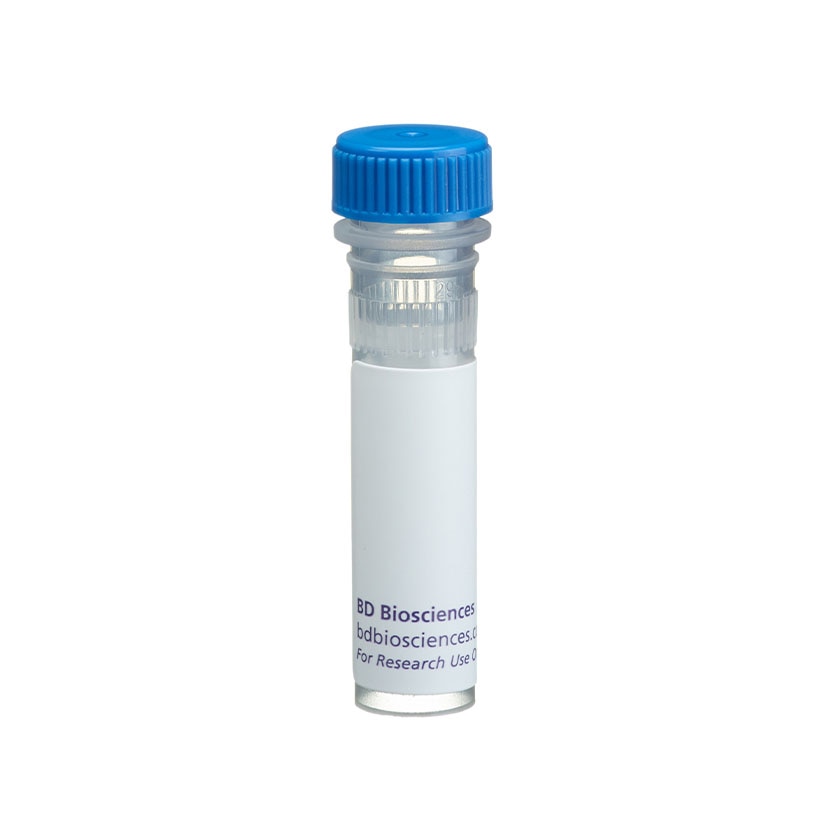

Flow cytometric analysis of CD79b expression on human peripheral blood lymphocytes. Whole blood was stained with either Purified Mouse Anti-Human CD79b (Cat 555678; solid line histogram) or Purified Mouse IgG1, κ Isotype Control (Cat. No. 555746; dashed line histogram), then FITC Goat Anti-Mouse IgG/IgM (Cat. No. 555678). Erythrocytes were lysed with BD Pharm Lyse™ Lysing Buffer (Cat. No. 555899). The fluorescence histograms were derived from gated events with the forward and side light-scattering characteristics of viable lymphocytes.


BD Pharmingen™ Purified Mouse Anti-Human CD79b

Regulatory Status Legend
Any use of products other than the permitted use without the express written authorization of Becton, Dickinson and Company is strictly prohibited.
Preparation And Storage
Product Notices
- Since applications vary, each investigator should titrate the reagent to obtain optimal results.
- An isotype control should be used at the same concentration as the antibody of interest.
- Caution: Sodium azide yields highly toxic hydrazoic acid under acidic conditions. Dilute azide compounds in running water before discarding to avoid accumulation of potentially explosive deposits in plumbing.
- Sodium azide is a reversible inhibitor of oxidative metabolism; therefore, antibody preparations containing this preservative agent must not be used in cell cultures nor injected into animals. Sodium azide may be removed by washing stained cells or plate-bound antibody or dialyzing soluble antibody in sodium azide-free buffer. Since endotoxin may also affect the results of functional studies, we recommend the NA/LE (No Azide/Low Endotoxin) antibody format, if available, for in vitro and in vivo use.
- Please refer to www.bdbiosciences.com/us/s/resources for technical protocols.
Companion Products
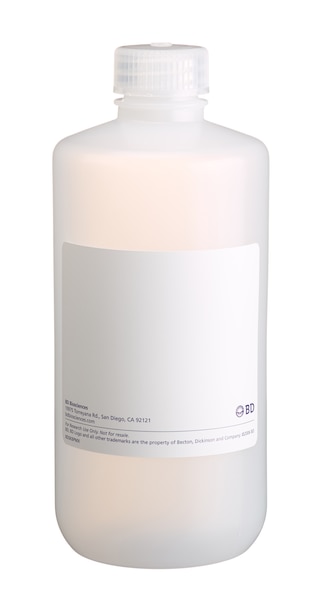
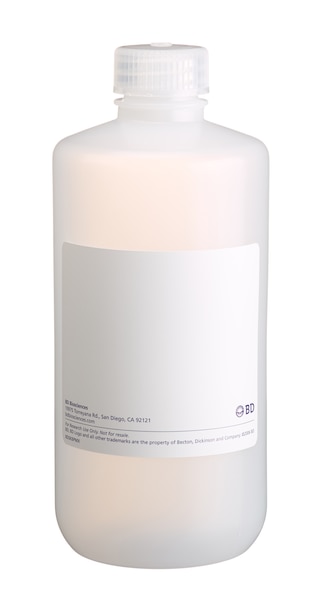
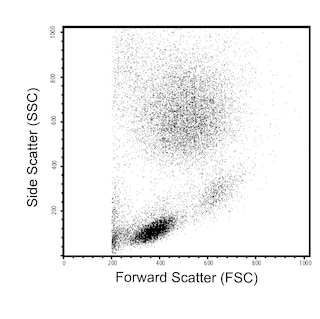
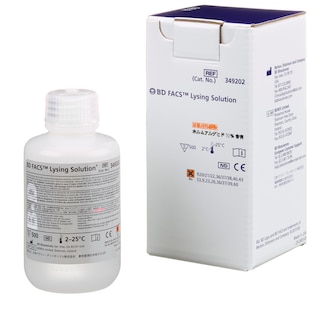
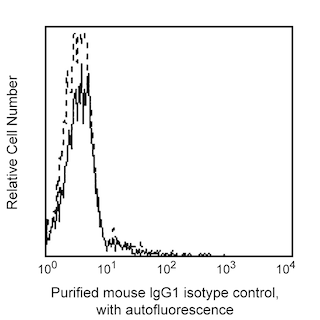
.png?imwidth=320)
Immunoglobulin (Ig) antigen receptors are composed of a non-covalently-associated complex of Ig and two other proteins, Igα and Igβ, which have been designated in the Fifth International Leukocyte Workshop as CD79a and CD79b respectively. The CB3-1 monoclonal antibody specifically binds to CD79b, which is expressed on surface Ig (sIg)-positive lymphocytes and B-cell lines but only in the cytoplasm of sIg-negative cells including most terminal deoxynucleotidyl transferase (TdT) positive early pre-B and all cytoplasmic µ positive pre-B cell lines. Antibodies to CD79b are helpful in delineating signal transduction pathways activated via antibody receptors during different stages of B-cell differentiation.
Development References (5)
-
Nakamura T, Kubagawa H, Cooper MD. Heterogeneity of immunoglobulin-associated molecules on human B cells identified by monoclonal antibodies. Proc Natl Acad Sci U S A. 1992; 89(18):8522-8526. (Biology). View Reference
-
Nakamura T, Sekar MC, Kubagawa H, Cooper MD. Signal transduction in human B cells initiated via Ig beta ligation.. Int Immunol. 1993; 5(10):1309-15. (Clone-specific). View Reference
-
Nakamura T. CD79 Workshop Panel Report. In: Knapp W. W. Knapp .. et al., ed. Leucocyte typing IV : white cell differentiation antigens. Oxford New York: Oxford University Press; 1989:180-182.
-
Sanchez M, Misulovin Z, Burkhardt AL. Signal transduction by immunoglobulin is mediated through Ig alpha and Ig beta. J Exp Med. 1993; 178(3):1049-1055. (Biology). View Reference
-
Schlossman SF. Stuart F. Schlossman .. et al., ed. Leucocyte typing V : white cell differentiation antigens : proceedings of the fifth international workshop and conference held in Boston, USA, 3-7 November, 1993. Oxford: Oxford University Press; 1995.
Please refer to Support Documents for Quality Certificates
Global - Refer to manufacturer's instructions for use and related User Manuals and Technical data sheets before using this products as described
Comparisons, where applicable, are made against older BD Technology, manual methods or are general performance claims. Comparisons are not made against non-BD technologies, unless otherwise noted.
For Research Use Only. Not for use in diagnostic or therapeutic procedures.
Report a Site Issue
This form is intended to help us improve our website experience. For other support, please visit our Contact Us page.